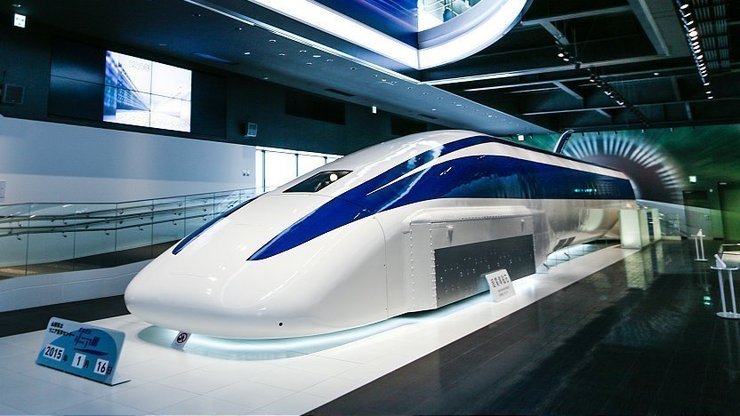Introduction

When Elon Musk’s conceptualization of a Hyperloop in 2012, the idea of Magnetic Levitation (MagLev) trains reached the mainstream media in a big way. Although the technology behind the design was decades old, Musk’s co-sign finally brought attention to what may be an important part of the future of transportation. One distinct characteristic of MagLevs (that perhaps separates it from many other technological advancements) is how blatantly they seem to contradict our basic understanding of the physical world and our instinctive intuition of physics: this train weighing several tonnes is literally floating in the air.
The objective of this website is to summarize the pedagogy, construction and fundamental physics principles used by MagLev trains, as presented to an AP Physics class in Vancouver. It will provide an overview of the demo that was constructed for the aforementioned presentation as well as the lesson plan. The main motivation behind the lesson was to allow the students to see theoretical physics concepts come to life through the demo, supplemented by a simple PowerPoint presentation, rather than just an intensive and rigorous presentation. Viewing concepts such as Magnetism, Superconductors and Magnetic Levitation through a different lens would hopefully inspire the students to pursue their knowledge of physics further.